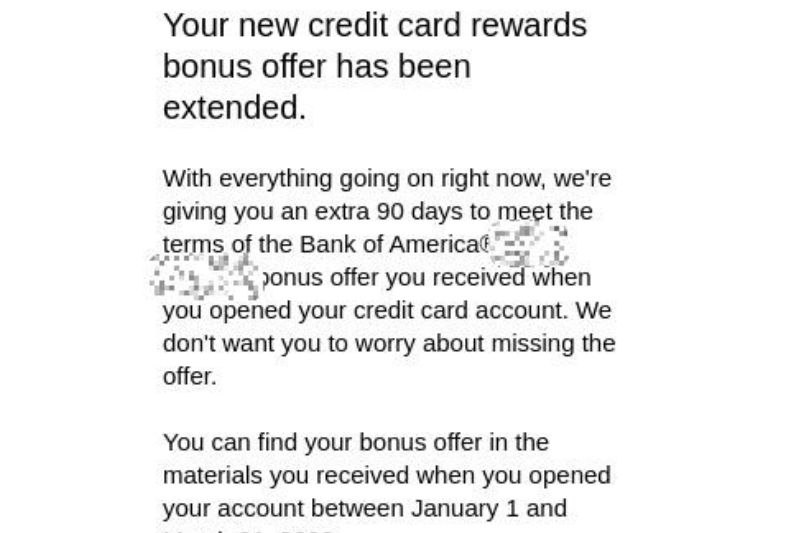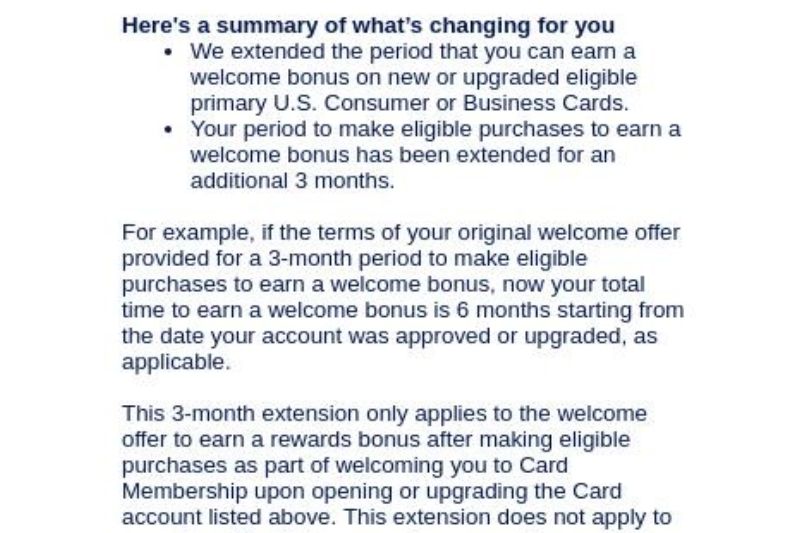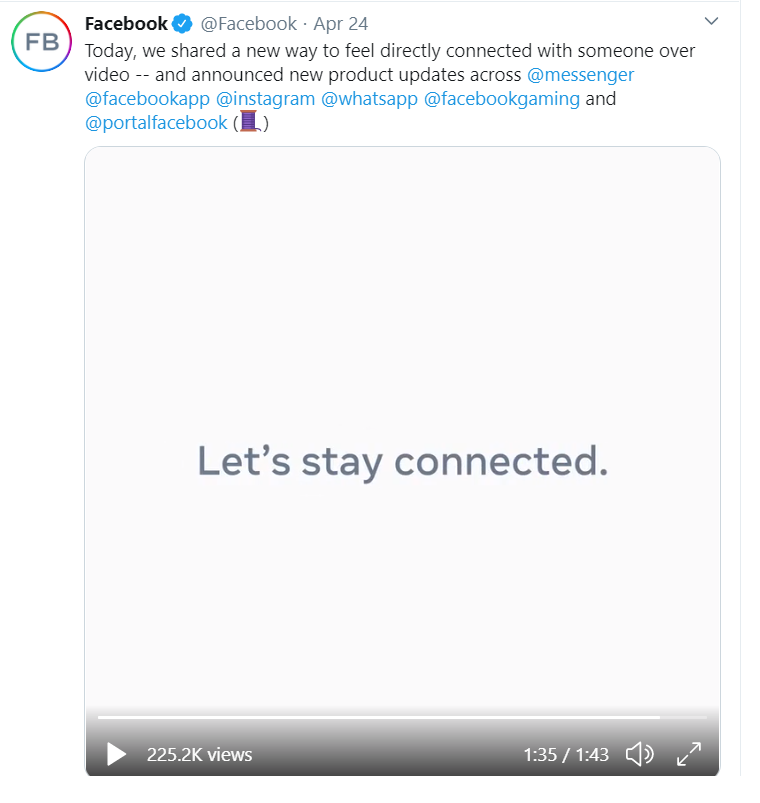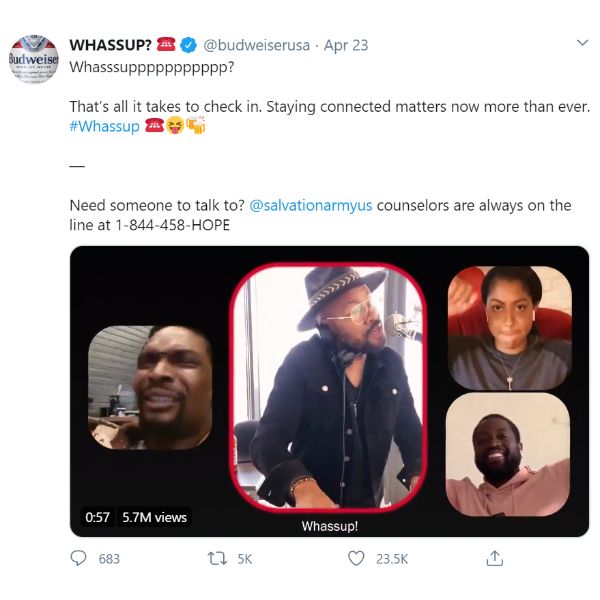[Series] Marketing during COVID-19: Brands are doing the math
Each week on the Bolder Thinking Blog, our analysts share insight and analysis on how companies and brands are navigating COVID-19 with innovative thinking and multichannel campaign strategies. In this week’s post, we discuss how companies are adjusting their products and services to measure up in a time defined by isolation and change.
Addition
Companies are introducing new services for consumers. By adding onto their existing services with new versions, they’re showing how flexible and generative their business models are.
Uber continued focusing on “what matters” by adding support for domestic violence survivors, announcing that it would provide 50k rides to safe spaces for domestic violence survivors.
Facebook introduced Messenger Rooms, a new way for consumers to stay in touch virtually (and for Facebook to compete with Zoom). Messenger Rooms will hold up to 50 people with no time limit, so users can drop in and spend time with friends, family and people who share their same interests.
Constants
In some cases, brands aren’t adding on completely new services but instead changing existing ones to fit the COVID-19 landscape. Doing so is a way to show consumers that there are constants—and the associated certainty—that they can still depend on.
Acknowledging that consumers are spending less, Bank of America and American Express extended welcome bonuses to customers. Bank of America alluded to COVID-19, mentioning only “everything going on right now,” while American Express put “COVID-19” right in the subject line.


Budweiser re-imagined its 1999 ‘Whassup’ ad for the current situation. The original ad first ran during Monday Night Football in 1999.
The revamped quarantine-themed ad features a star-studded cast including former NBA stars Chris Bosh and Dwyane Wade, WNBA star Candace Parker and DJ D-Nice. The ad ends with a new nationwide hotline number that supports Americans suffering from anxiety, uncertainty and fear related to COVID-19.
Subtraction
Sometimes, subtraction is a good thing—namely, when it’s subtraction of fees. Financial services institutions are continuing to try to help customers stay afloat by removing pesky penalties.
Right when the first wave of stimulus checks went out, PayPal drove consumers to its app by waiving in-app check-cashing fees. Additionally, PayPal promoted its Cashback Mastercard rewards as ideal for “times like these.”
Industries dependent on crowds—like pro sports and the service industry—have taken especially big hits during stay-at-home orders. So they’ve flocked to the CARES Act for small business loans—with some losing out if they didn’t get in on the program before it hit its cap.
After catching flak for applying for small business loans, the Los Angeles Lakers and Potbelly announced they would return the money.
What we think
More than a month into stay-at-home orders, it’s time for brands to get even more creative.
The same-old, same old won’t cut it. Staying home feels less novel and more endless than ever. So brands are trying to spice things up to stay in the conversation. To do this, they need to demonstrate their willingness to adapt and strengthen—and, in turn, to show how the new and the old complement one another.
Brands aren’t operating in a vacuum. With federal loans reaching some businesses at others’ expense, and with literal survival dependent on communities taking action together, it’s clear that brands need to take into account how they’re woven into complex systems. In marketing, that means acknowledging the roles they play in those systems and showing how they can draw on their strengths to benefit those both indirectly and directly connected.
Stay tuned for next week’s post to see how marketing is evolving during COVID-19. Catch up on the full series here.








